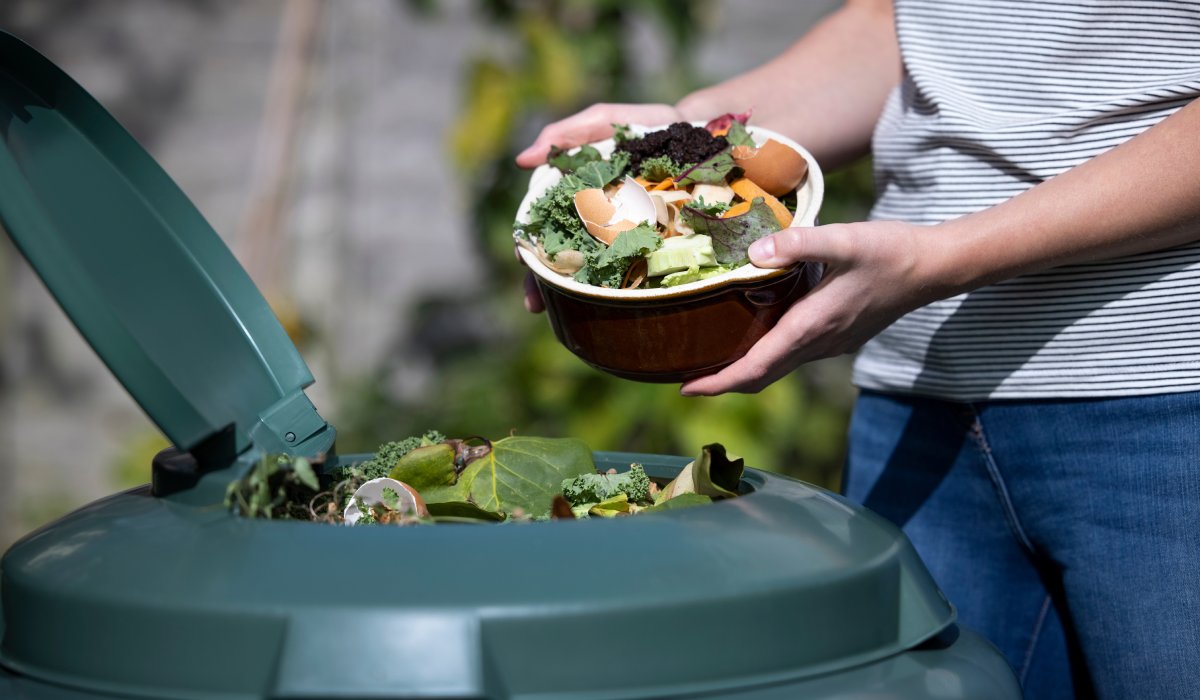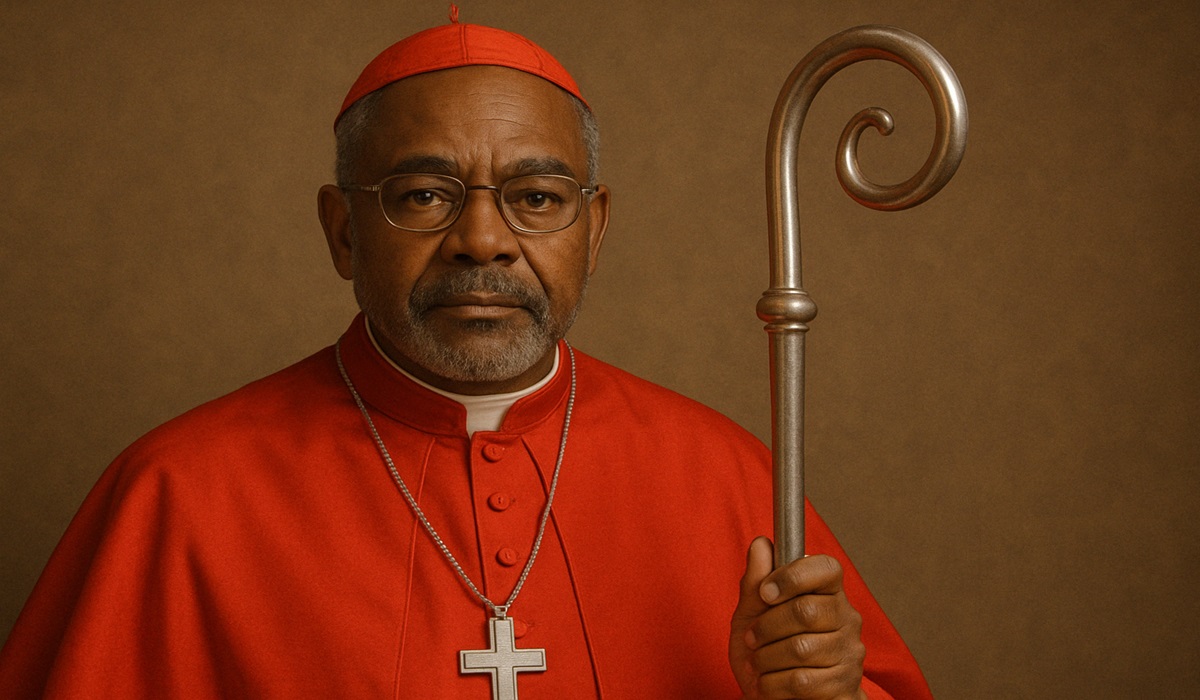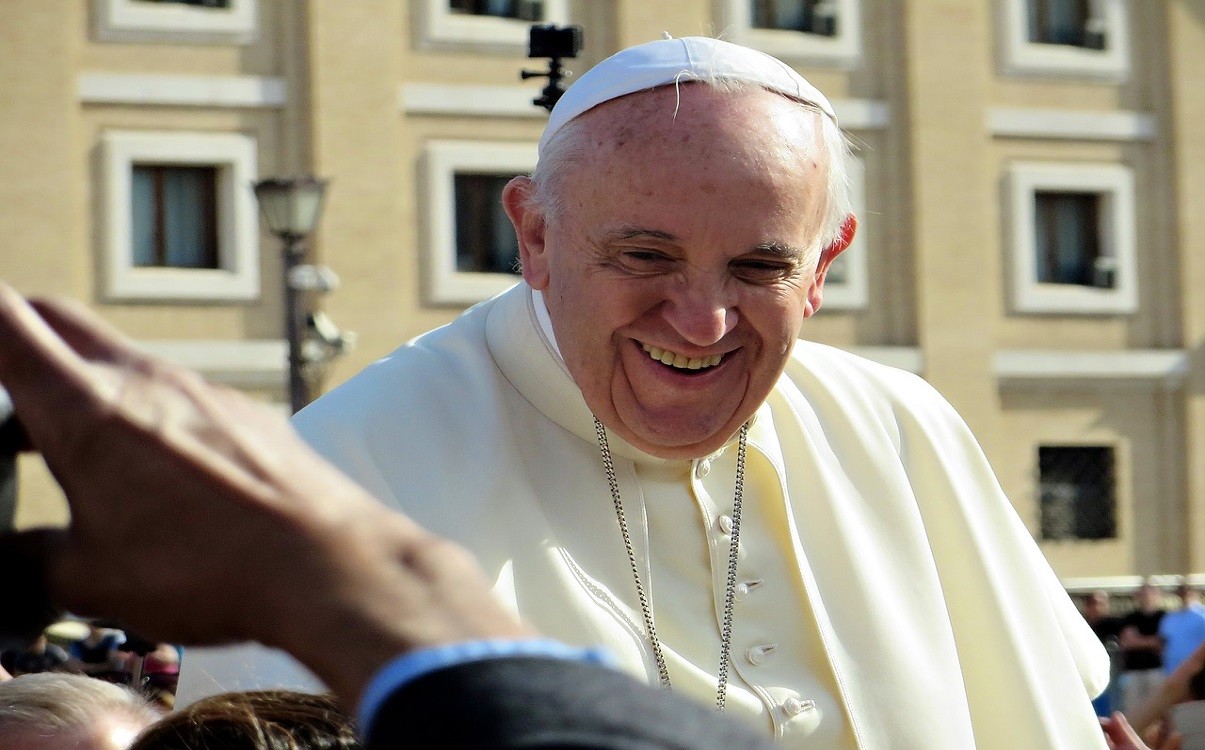South Korea battles worst-ever wildfires as casualties rise
- Xuemei Pal
- South Asia
- D.O.C Supplements - Trending News
- March 28, 2025

Image Credit, Ronald Plett
South Korea is in the grip of its most catastrophic wildfire disaster to date, as fierce flames continue to scorch vast stretches of land across its central and southern regions. What began as scattered blazes quickly escalated into a national crisis, killing at least 28 people and forcing more than 37,000 residents to flee their homes. Entire communities have been reduced to ashes, and the human cost is rising by the hour.
Fueled by bone-dry conditions and relentless winds, the fires have incinerated over 118,000 acres of land, destroying homes, businesses, and sacred cultural landmarks. Among the most heartbreaking losses is the centuries-old Gounsa temple, where ancient wooden structures that had withstood wars and invasions were no match for the inferno. Only a fraction of its buildings remain standing, a solemn reminder of the fire’s brutal reach.
Acting President Han Duck-soo has called it the worst fire disaster the country has ever endured, and it’s not just the scale that’s unprecedented—it’s the speed. Firefighters have struggled to keep pace with flames that leap across highways and engulf hillsides within minutes. Nearly 9,000 personnel have been deployed, along with 125 helicopters and hundreds of fire engines, yet the sheer ferocity of the blazes has exposed gaps in South Korea’s disaster preparedness.
This disaster lays bare more than just a failure in fire response; it’s a climate emergency made manifest. With hotter, drier, and more erratic weather patterns becoming the new normal, South Korea finds itself on the front lines of climate change. Authorities are now openly discussing the need to revamp how the country combats wildfires—from modernizing equipment to enabling nighttime firefighting and better protecting vulnerable populations.
That vulnerability is acute in the regions hardest hit. Many victims are elderly, living in rural areas with limited access to emergency services. These communities are aging, and when disaster strikes, their ability to flee or fight back is severely diminished. The government’s reliance on older, temporary workers to help contain the fires also raises serious questions about the sustainability and safety of South Korea’s firefighting strategy.
Recent rainfall and a drop in temperatures have helped slow the fires, giving exhausted crews a much-needed reprieve. But the threat hasn’t passed. Smaller fires remain active, and officials are on high alert for flare-ups. The long road to recovery has only just begun, and for those who lost everything, rebuilding won’t be just about bricks and mortar—it will be about finding a way to heal.
This crisis should serve as a turning point. The signs have been flashing red for years, and now the consequences are burning through villages, temples, and lives. South Korea must confront the climate reality head-on, not with speeches, but with action. Because if this is the new normal, the old ways of doing things will only lead to more devastation.








